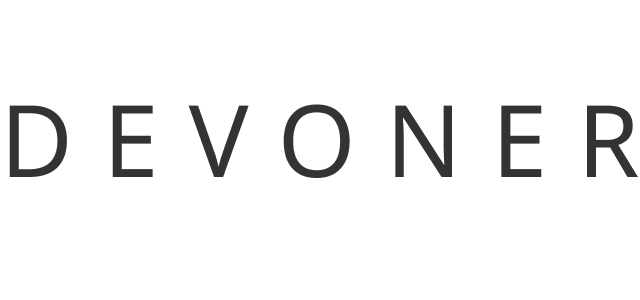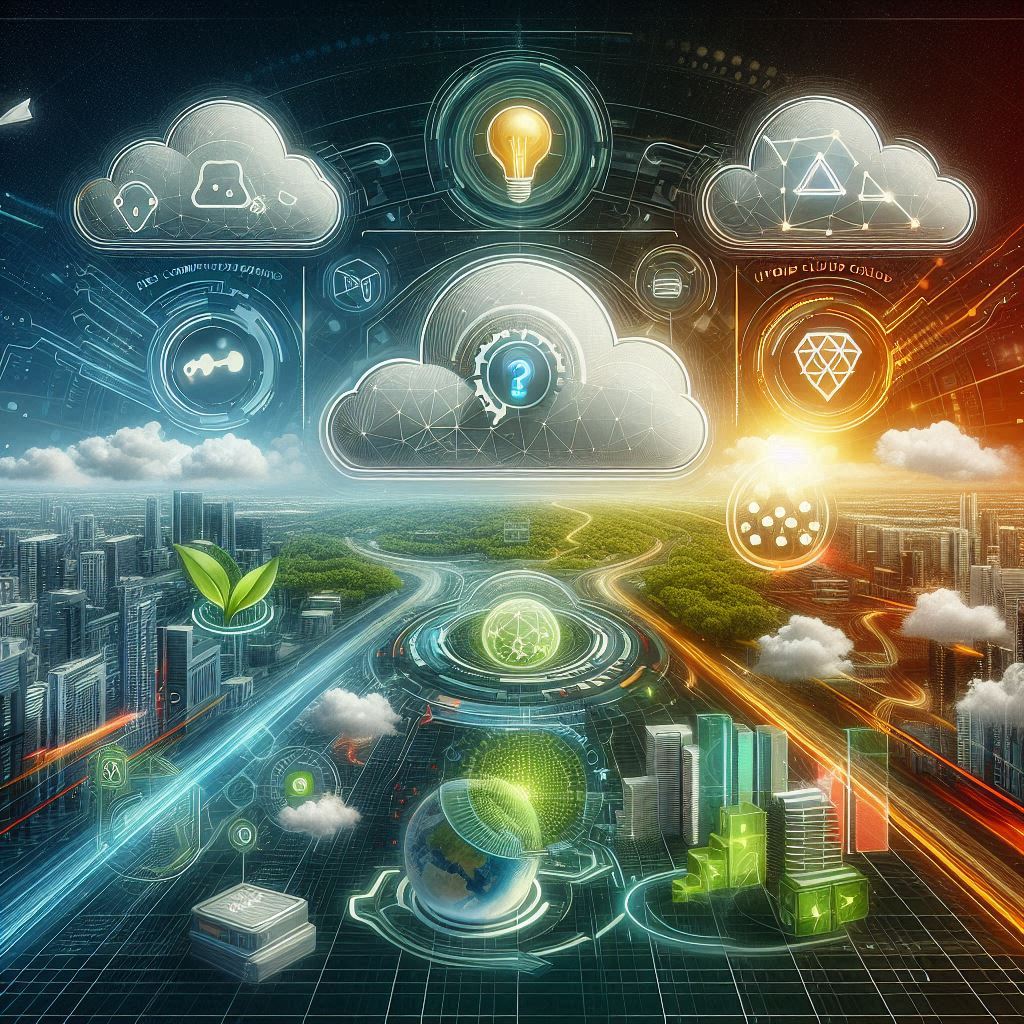SaaS development is more than just a buzzword—it’s an essential strategy for both established enterprises and ambitious startups looking to drive business growth and foster innovation. Its inherent scalability, accessibility, and cost-effectiveness have revolutionized the software development landscape, making it a cornerstone of modern business strategies. However, as the industry rapidly evolves, keeping pace with SaaS development trends becomes increasingly critical. Intense competition, changing user demands, and dynamic pricing models present challenges that necessitate a proactive approach.
As a leader in software outsourcing, Devoner is acutely aware of the ever-changing landscape of SaaS development. We offer a comprehensive range of services to support businesses and startups, from MVP development to robust SaaS application creation. Our expertise ensures that your SaaS product is not just a solution but a fully immersive experience tailored to meet the specific needs of your target audience.
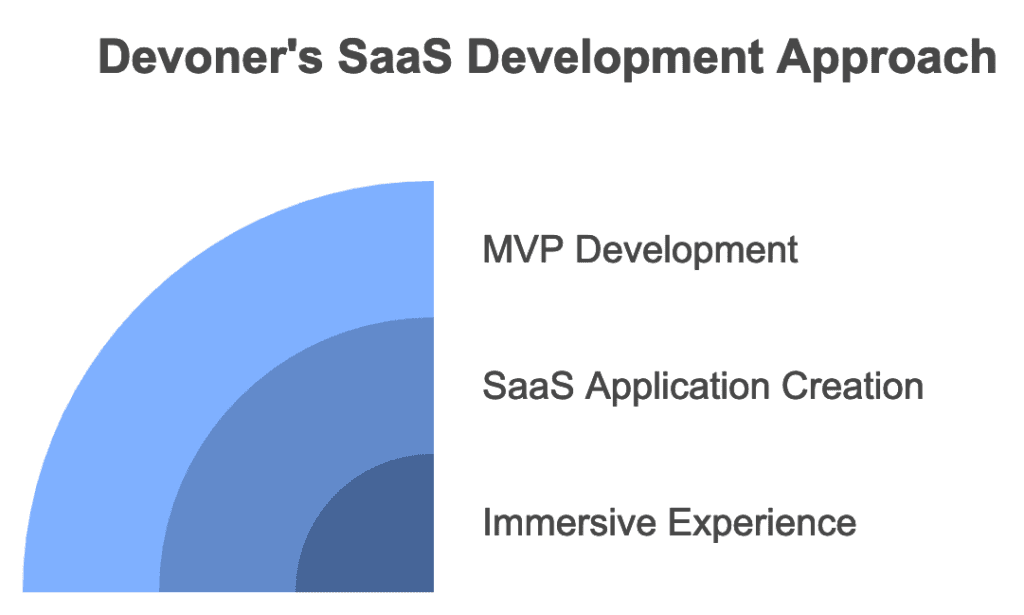
In this industry overview, we’ll delve into the top SaaS development trends for 2024. We’ll provide key statistics, real-life examples, and potential use cases for each trend. Additionally, we’ll emphasize the critical benefits of developing SaaS solutions for startups and explain why it remains a vital strategy in 2024.
By exploring this blog, you’ll gain valuable insights that will help you thrive in the constantly changing SaaS landscape. With Devoner as your partner, you’ll be well-equipped to stay ahead of the competition and unlock extraordinary business growth through the power of SaaS.
Let’s dive in!
What is SaaS Development?
SaaS (Software as a Service) Development represents a transformative shift in the technology industry. It involves creating software solutions hosted in the cloud and accessible through various platforms, including desktops, mobile apps, and web interfaces. The global public cloud application services (SaaS) market was valued at approximately $197 billion and is projected to grow to $232 billion by 2024. This rapid growth underscores the continuous expansion of this industry.
SaaS platforms offer a wide array of solutions, including customer resource management (CRM), enterprise resource planning (ERP), web hosting, and e-commerce. What differentiates SaaS from traditional software models is its business approach, which operates on a subscription or pay-as-you-go basis. This eliminates the need for large upfront investments, allowing companies to enjoy recurring revenue while managing software development, maintenance, and infrastructure.
SaaS development has significantly altered how software is accessed, benefiting both businesses and consumers. This ongoing evolution continues to shape the technological landscape with far-reaching implications for various industries.
Top 7 SaaS Development Trends and Stats for 2024
In 2024, SaaS development stands at the forefront of significant transformations, driven by the convergence of technology and business needs. Let’s explore the pivotal trends and statistics that will shape the future of SaaS development.
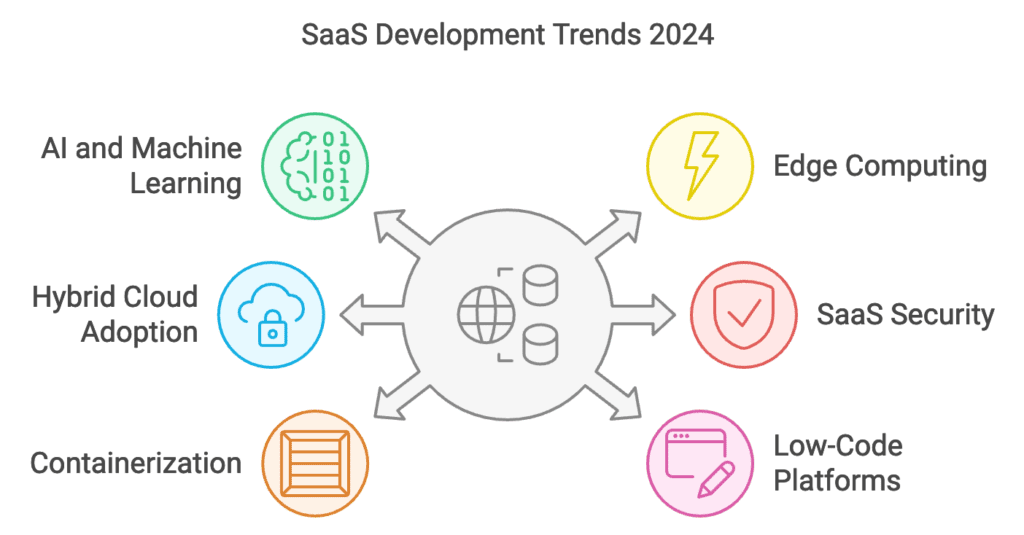
Trend 1: AI and Machine Learning Integration
The integration of artificial intelligence (AI) and machine learning is revolutionizing the SaaS industry, offering numerous benefits to businesses and users alike. According to Emergen Research, the global AI and advanced machine learning market is projected to reach $471.39 billion by 2028, with a significant growth rate of 37.3% from 2023 to 2030. Key advantages of AI and machine learning in SaaS include:
- Smart Automation: Automating tasks like data entry and decision-making reduces manual effort and errors.
- Predictive Analytics: AI-powered SaaS predicts trends, enabling data-driven decisions and efficient resource allocation.
- Personalized User Experiences: Tailored content, product recommendations, and interfaces based on user data and preferences.
This trend showcases the SaaS industry’s commitment to improving user experiences, enhancing application intuitiveness, and reducing manual intervention. As AI and machine learning technologies evolve, their integration will drive growth and foster innovation in the SaaS sector.
Trend 2: Edge Computing for SaaS
In 2023, edge computing emerges as a critical trend, offering lightning-fast data processing and reduced latency. Edge computing is no longer a novelty but a necessity within SaaS, transforming the delivery of real-time services, particularly in IoT (Internet of Things) and mobile applications.
Edge computing brings computing power closer to data sources, ensuring rapid responses and minimizing delays. This decentralized model is crucial for applications requiring instantaneous results, such as autonomous vehicles, smart cities, and industrial automation. The rise of edge-enabled SaaS applications will continue to enhance user experiences by reducing dependence on stable internet connections and improving the responsiveness of cloud-based SaaS solutions.
Trend 3: Hybrid Cloud Adoption
In 2023, hybrid cloud adoption is reshaping the development landscape. This strategic shift allows businesses to balance flexibility and security by combining private and public clouds. The growing trend within SaaS leverages this approach, enabling software providers to deliver scalable applications while maintaining strict security measures.
Hybrid cloud solutions allow SaaS applications to handle fluctuating workloads effectively, ensuring consistent performance during peak usage periods. Additionally, hybrid cloud environments facilitate prompt updates and seamless integration with other cloud services, enhancing the overall user experience.
Trend 4: SaaS Security
As organizations increasingly rely on cloud-based services, robust security measures are more critical than ever. In 2022, 56% of respondents identified the lack of visibility into third-party application access to the core SaaS stack as a significant security concern.
SaaS providers are addressing these concerns by implementing cutting-edge security measures, such as advanced encryption protocols and zero-trust architecture. Additionally, SaaS developers are incorporating advanced threat detection and response mechanisms, using machine learning algorithms to analyze user behavior and identify potential security breaches.
SaaS security is evolving rapidly to counter increasing cybersecurity threats, making it essential for businesses to remain vigilant and regularly update their SaaS applications.
Trend 5: Containerization and Microservices
The SaaS development landscape is undergoing a significant transformation, driven by containerization technologies like Docker and Kubernetes. These tools are revolutionizing how software is deployed and managed, offering consistent performance across various environments.

Containerization simplifies application deployment by packaging them and their dependencies into standardized units known as containers. The use of microservices architecture complements containerization, allowing developers to build modular applications focused on individual functions or features. This approach enhances scalability, maintainability, and adaptability, making it a powerful combination for the SaaS industry.
Trend 6: Low-Code/No-Code Platforms
Low-Code/No-Code platforms are democratizing software creation, making it more accessible and driving innovation across industries. By 2025, organizations are expected to build approximately 70% of their newly developed applications using these platforms, significantly increasing from less than 25% in 2020.
These platforms enable individuals with limited coding experience to create advanced SaaS applications using user-friendly interfaces and pre-built components. They offer accelerated development, cost-efficiency, and enhanced user experiences, making them a game-changer for startups and small businesses.
Trend 7: Sustainable SaaS
In 2024, the SaaS industry is increasingly focused on sustainability, with businesses prioritizing environmental responsibility. SaaS providers are intensifying their efforts to reduce their carbon footprint, optimizing data centers and adopting eco-friendly practices.
Sustainable SaaS involves reducing energy consumption, optimizing data center efficiency, and embracing green technologies. This trend reflects the growing importance of environmental consciousness within the SaaS sector, aligning operations with eco-friendly principles.
